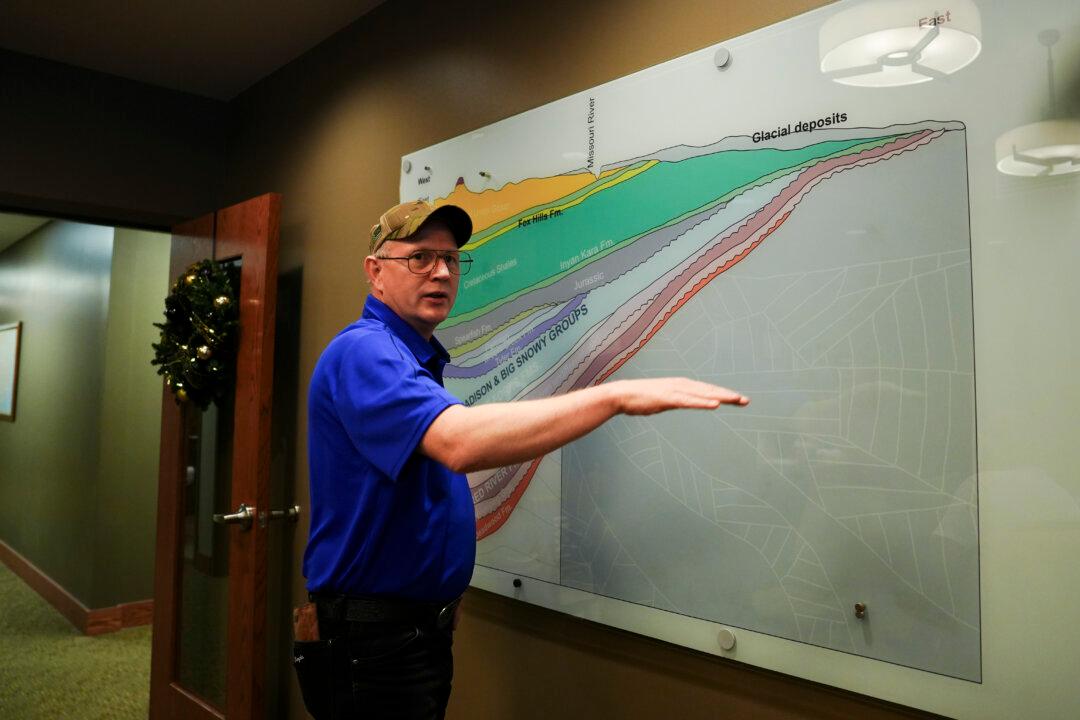TIOGA, North Dakota—Jon Person grew up on the ranch where his family for a century raised livestock and grew corn along White Earth River’s meanders and oxbows while harvesting fields of wheat and oats knitted into the undulating prairie.
White Earth was once a bustling Dakota Territory outpost at the literal end of the line, he said, the terminus of a Northern Pacific rail spur with nothing beyond it but a sprawl of sky and space stretching to Saskatchewan.





